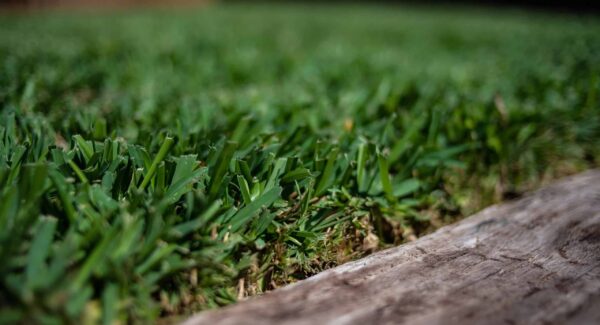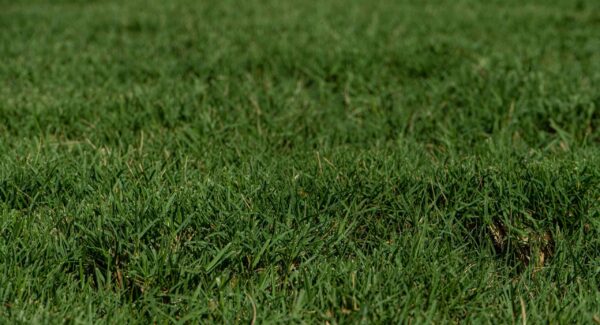How to Keep Grass Green in Summer
Intro
Summer is a season of fun and relaxation, with backyard barbecues, family gatherings, and outdoor play. However, it also brings intense heat, prolonged droughts, and little rain, which can turn your lush, green lawn into a patchy, brown mess.
For homeowners, maintaining a neat, well-kept, and green lawn is a point of pride, a way to enhance curb appeal and a space for recreation. But how do you keep your grass vibrant and healthy under such challenging conditions?
Proper lawn watering, strategic mowing, adequate fertilization, and intelligent shade management are essential to a thriving lawn. Understanding and implementing these critical actions can prevent your grass from burning and wilting.
Whether you’re dealing with scorching temperatures or extended dry spells, we’ll provide practical solutions to prevent your grass from burning and wilting. In this blog post, you’ll discover the essential activities and tips to ensure your lawn remains a beautiful green oasis throughout the summer.
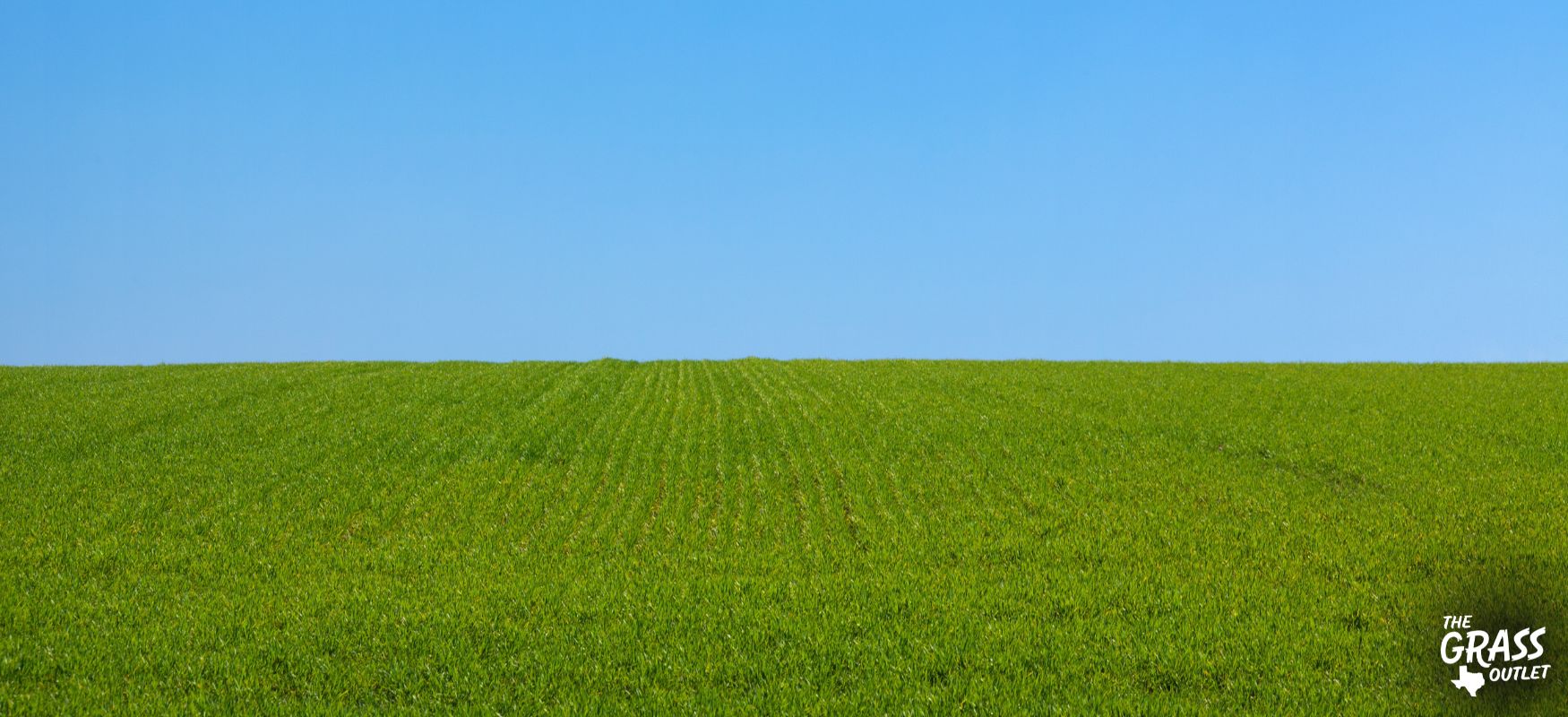
Why does grass often lose its lovely green color during the summer?
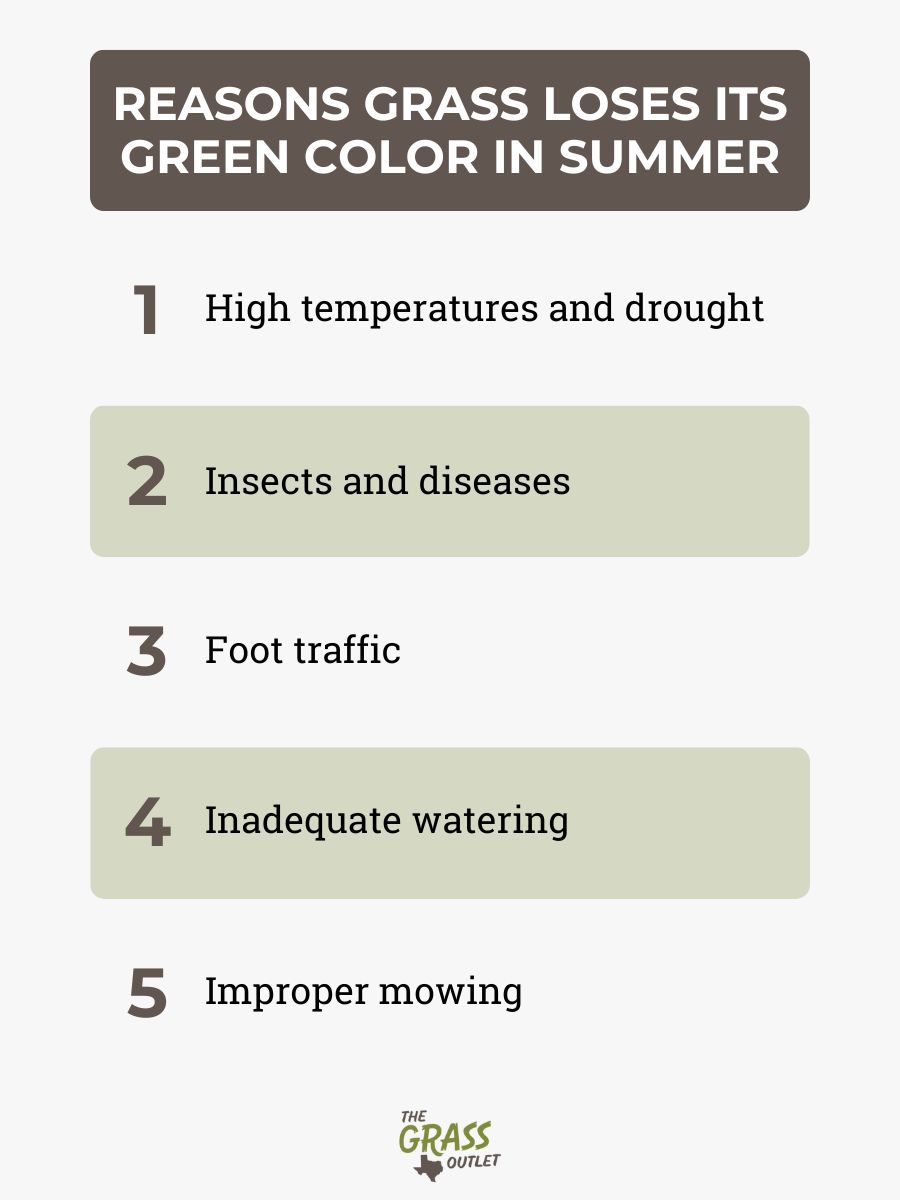
The grass changes color and appearance in summer due to a combination of factors beyond high temperatures and drought. Here are the leading causes:
- High Temperatures and Drought: These are the primary reasons grass turns brown and becomes stressed. Without adequate water, grass cannot maintain its lush green color.
- Insects and Diseases: Summer is the peak season for lawn pests like common bugs and diseases, which can damage grass blades and roots, causing discoloration and patches.
- Foot Traffic: Frequent lawn use can compact the soil, damaging grass and making it harder for roots to absorb water and nutrients.
- Inadequate Watering: Both overwatering and underwatering can harm grass. Insufficient water leads to drought stress, while too much water can cause root rot and disease.
- Improper Mowing: Cutting grass too short weakens it, making it more susceptible to heat and drought. Dull mower blades can tear grass, causing brown tips and making the lawn more vulnerable to disease.
Watering: The Key to a Lush Lawn
Proper watering is crucial to maintaining a lush, green lawn, especially in the summer. Here’s how to water the different grass varieties The Grass Outlet sells—St. Augustine, Bermuda, and Zoysia—for optimal health and appearance.
Best Time to Water Grass During Summer
The best time to water your lawn is early morning. Watering in the early morning, preferably before 10 AM, allows the grass to absorb water before the day’s heat causes evaporation. Late evening watering, around sunset, is also adequate if you miss morning irrigation, but be cautious as wet grass overnight can sometimes promote fungal growth.
Watering your grass during rain is generally unnecessary and can even be counterproductive. Rain provides natural irrigation, often more effective than watering with a sprinkler system. Water penetrates deeply into the soil when it rains, promoting healthy root growth. However, downpours during drought usually cause water losses through runoff, so check your soil saturation levels before skipping your irrigation schedule.
Frequency of Watering
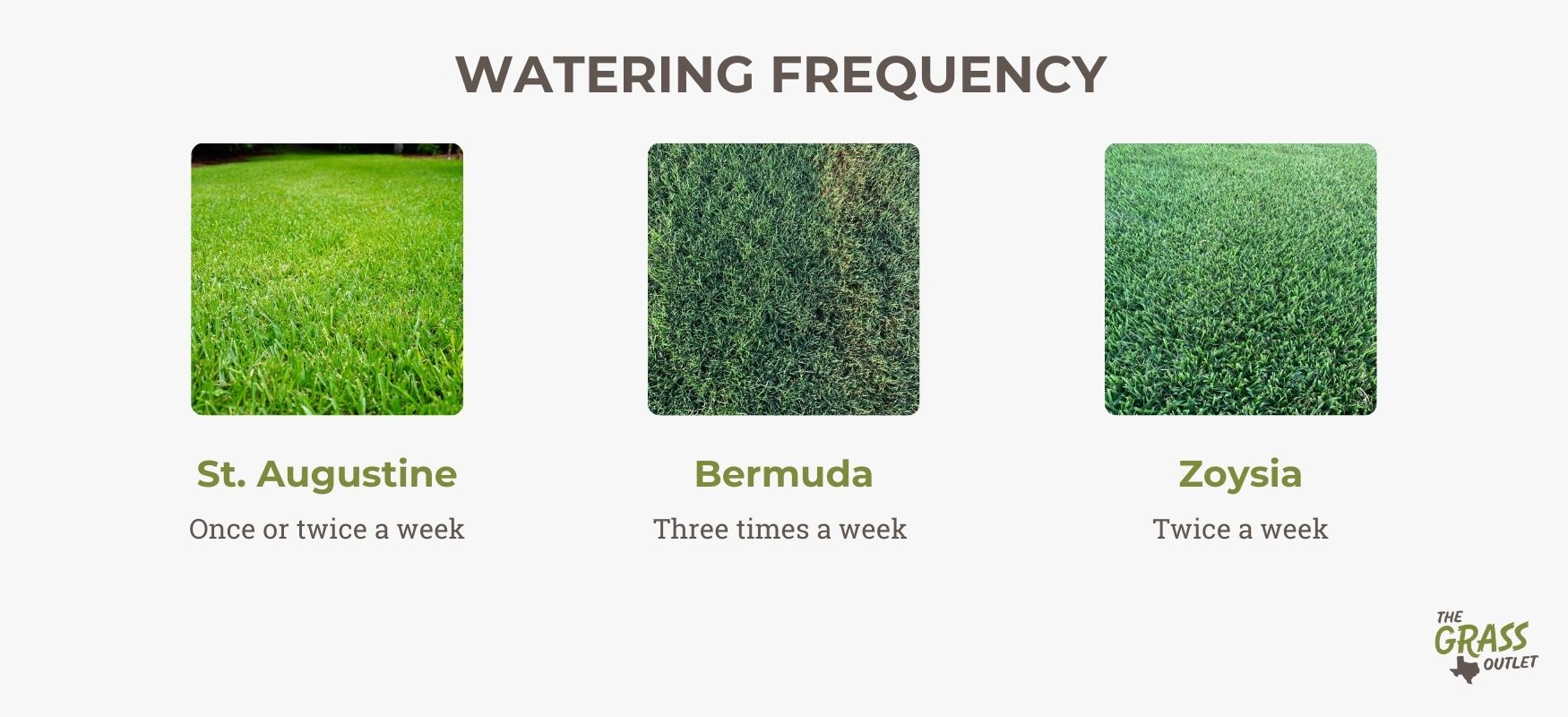
The watering frequency depends on the grass type and local weather conditions. Here’s a general guide for the grass varieties:
- St. Augustine: This grass prefers a deeper and less frequent watering schedule. Water about once or twice a week, ensuring the soil is soaked to a depth of 6-8 inches.
- Bermuda grass requires more frequent watering, especially during the peak of summer. Water three times a week, aiming for 1-1.25 inches of water per week.
- Zoysia grass falls between St. Augustine and Bermuda regarding watering needs. Water twice a week, ensuring about 1 inch of water per week.
Amount of Water Needed
Deep watering is more beneficial than light sprinkling. Deep watering encourages the roots to grow deeper into the soil, making the grass more drought-resistant. Aim to water the lawn until the top 6-8 inches of soil is moist. You can check this by pushing a screwdriver into the ground; if the soil is properly hydrated, it should penetrate easily.
- St. Augustine: 1-1,5 inches of water per session.
- Bermuda: Approximately 1 inch per session, once a week.
- Zoysia: 1 inch per session, twice a week.
Consistent Watering Schedule Tailored to Texas Climates
Maintaining a consistent watering schedule is vital, especially in Texas climates where temperatures can soar and rainfall can be unpredictable. Adjust your watering schedule based on weather conditions. During particularly hot and dry spells, you may need to increase the frequency slightly but avoid overwatering to prevent root rot and disease.
Investing in an intelligent irrigation system can help maintain consistency, as these systems can adjust watering schedules based on local weather forecasts and soil moisture levels. Also, ensure your sprinkler system is calibrated correctly to avoid water wastage and even coverage.
Also, drip irrigation systems deliver water directly to the roots of plants and grass, reducing runoff and evaporation. Drip systems are more efficient in water usage and help avoid over-spraying.
Tip: Use a screwdriver or soil probe to check soil moisture. Water the lawn when the top 5 centimeters of soil are dry.
It’s essential to regularly observe your lawn and water it the following morning if you notice signs of dryness, like bluish patches. You can also water specific areas or sections of the lawn that have experienced drought manually.
Mowing: Cut Smart, Not Short
Mowing your lawn correctly is critical to maintaining its health and appearance, especially during the summer months. Proper mowing techniques can significantly enhance the health and appearance of your lawn, while improper mowing can lead to a host of problems.
General Advice on Mowing:
- Mow at the Right Height: The height you mow your grass is crucial. During the summer, it is generally recommended that you mow your grass a bit taller than you might during cooler seasons. Taller grass shades the soil, which helps retain moisture and keeps the roots more relaxed. It also discourages weed growth by blocking sunlight from reaching weed seeds.
- Sharp Mower Blades: Always use sharp mower blades. Dull blades can tear the grass rather than cut it cleanly, leading to a ragged appearance and making the lawn more susceptible to disease and stress. Sharp blades ensure a clean cut, which promotes faster healing and healthier grass. To keep your mower blades sharp, inspect them regularly and sharpen them at least once a season or more frequently if you notice the grass tips turning brown after mowing.
- The One-Third Rule: Avoid cutting over one-third of the grass blade length at any mowing. Cutting off too much at once can stress the grass and inhibit growth. If the grass has grown too long, gradually reduce the height over several mowings.
- Mow When Grass is Dry: Mow the lawn when the grass is dry to prevent clumping and ensure an even cut. Wet grass can clog the mower and lead to uneven mowing, damaging the grass.
- Mow in Different Directions: Change your mowing pattern each time you mow. This helps prevent soil compaction, encourages more upright growth, and ensures that all parts of the grass are cut evenly.
- Leave Clippings on the Lawn (Mulching): Mulching, or leaving grass clippings on the lawn, is beneficial as the clippings decompose and return valuable nutrients to the soil. This practice helps maintain soil moisture and reduces the need for additional fertilizers. Also, the layer of clippings can help suppress weed growth by blocking sunlight from reaching weed seeds, reducing their ability to germinate and grow.
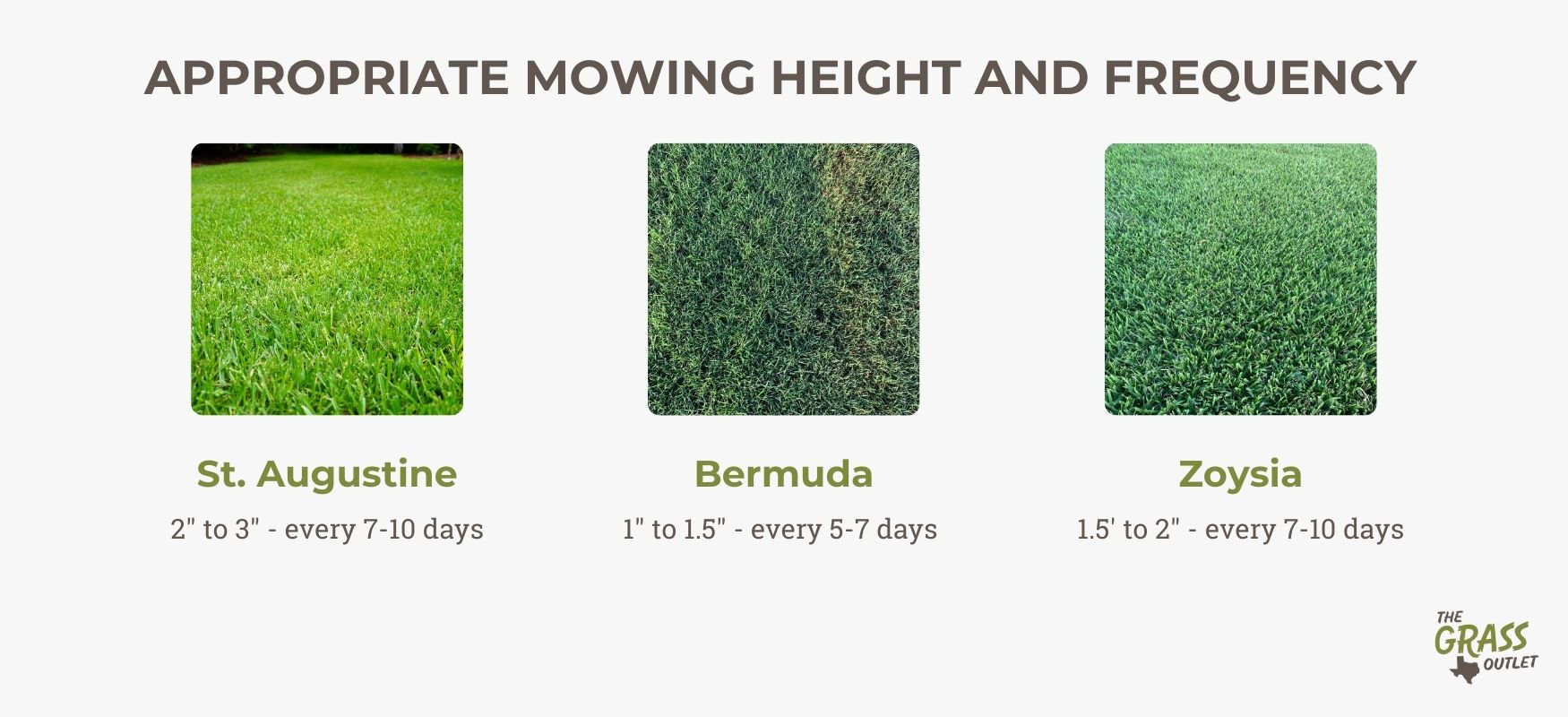
What is the ideal mowing height according to the type of grass?
Each grass type has an optimal height range that promotes vigorous growth and reduces stress:
- St. Augustine: This grass variety thrives when kept at 2 to 3 inches in height. This height helps shade the soil, reduce water loss, and prevent weed growth. It also allows the grass to develop a robust root system, making it drought-resistant.
- Bermuda: Bermuda grass should be maintained at 1 to 1.5 inches (2.5 to 4 cm). This shorter height helps it remain dense and resilient, providing a uniform appearance. Regular mowing at this height encourages lateral growth, which helps fill in bare spots and reduces weed intrusion.
- Zoysia: Aim for a height of 1.5 to 2 inches for Zoysia grass. This height supports its dense growth habit and helps maintain its soft texture. Keeping Zoysia at this height also enhances its ability to withstand foot traffic and recover quickly from damage.
Appropriate Mowing Frequency for Optimal Health
Mowing frequency is another important factor in maintaining a healthy lawn. Regular mowing helps keep the grass at the optimal height and prevents it from becoming too long, which can lead to thatch buildup and other issues. Here’s the recommended mowing frequency for each grass type:
- St. Augustine: Mow every 7-10 days to keep it at the recommended height. During spring, set the mower to a height of 2.5 to 3 inches and begin mowing when the grass blades reach heights of more than 3 inches, usually between 3.75 and 4.5 inches tall.
- Bermuda: Bermuda grass grows quickly; you should mow it every 5-7 days. Regular mowing helps maintain density and promotes lateral growth, ensuring a lush, uniform lawn. The mowing height should be about 1 inch.
- Zoysia: Mow every 7-10 days to keep Zoysia at its ideal height. Regular mowing supports its dense growth habit and helps it recover quickly from foot traffic and other stresses.
During the winter, when these types of grass enter the dormancy phase, the need for mowing is significantly reduced.
Fertilization and Soil Care: Nurturing Your Lawn for Optimal Health
Fertilization and soil care are the backbone of a healthy, thriving lawn. Just like any living organism, grass requires a balanced diet of nutrients to grow strong and vibrant. Proper fertilization enhances the green color and density of your lawn and improves its resilience against environmental stresses such as heat, drought, and heavy foot traffic.
Understanding the specific needs of your grass and soil is crucial in developing an effective fertilization strategy.
What do you need to know?
- Choose the Right Fertilizer: Your fertilizer should be tailored to your grass type and soil conditions. Balanced fertilizers containing nitrogen (N), phosphorus (P), and potassium (K) in appropriate ratios are essential for promoting healthy growth.
- Proper Timing: Applying fertilizer at the correct times during the growing season maximizes nutrient uptake and promotes vigorous growth. Most grasses benefit from an initial application in early spring, followed by additional applications throughout the summer and fall.
- Application Rates: Follow the recommended application rates to avoid over-fertilizing, which can lead to nutrient runoff, pollution, and damage to the grass. Under-fertilizing, on the other hand, can result in weak, nutrient-deficient grass.
Recommended Fertilizers and Application Schedules
Choosing the right fertilizer and applying it at the appropriate times can make a significant difference in the health of your lawn. Here are the recommended fertilizers and application schedules for each grass type:
- St. Augustine: Conduct the initial fertilization about three weeks after the grass turns green, typically in late spring when the risk of frost is minimal. Experts recommend applying one pound of soluble nitrogen per 1,000 square feet of lawn every eight weeks or, alternatively, 1.5 pounds of slow-release nitrogen every ten weeks.
- Bermuda: During its peak growing season, Bermuda grass demands substantial nitrogen, particularly in the spring and summer. Utilize slow-release nitrogen-based fertilizers, tailoring the amount to the soil test results to meet specific requirements.
Generally, 1 to 1.5 pounds of nitrogen per 1,000 square feet per application will suffice. In addition to nitrogen, sulfur or calcium might be necessary. Mid-summer is ideal for another fertilization cycle, with a third cycle recommended in the fall.
- Zoysia: Zoysia grass requires a balanced fertilizer with a slightly lower nitrogen content, such as a 10-10-10 or 15-0-15 formula. Start fertilizing in late spring and apply every 8-10 weeks. Suggested application times are late April, early July, and mid-September.
Soil Testing and Amendments
Conduct a soil test at least once a year to determine nutrient levels and pH balance. Soil test kits are available at garden centers, or you can send samples to a local cooperative extension service for detailed analysis.
Based on the soil test results, you may need to amend your soil to optimize conditions for grass growth. Common amendments include:
- Lime: If your soil is too acidic (low pH), apply lime to lawn to raise the pH.
- Sulfur: If your soil is too alkaline (high pH), add sulfur to lower the pH.
- Organic Matter: Incorporate compost or other organic matter to improve soil structure, aeration, and water retention.
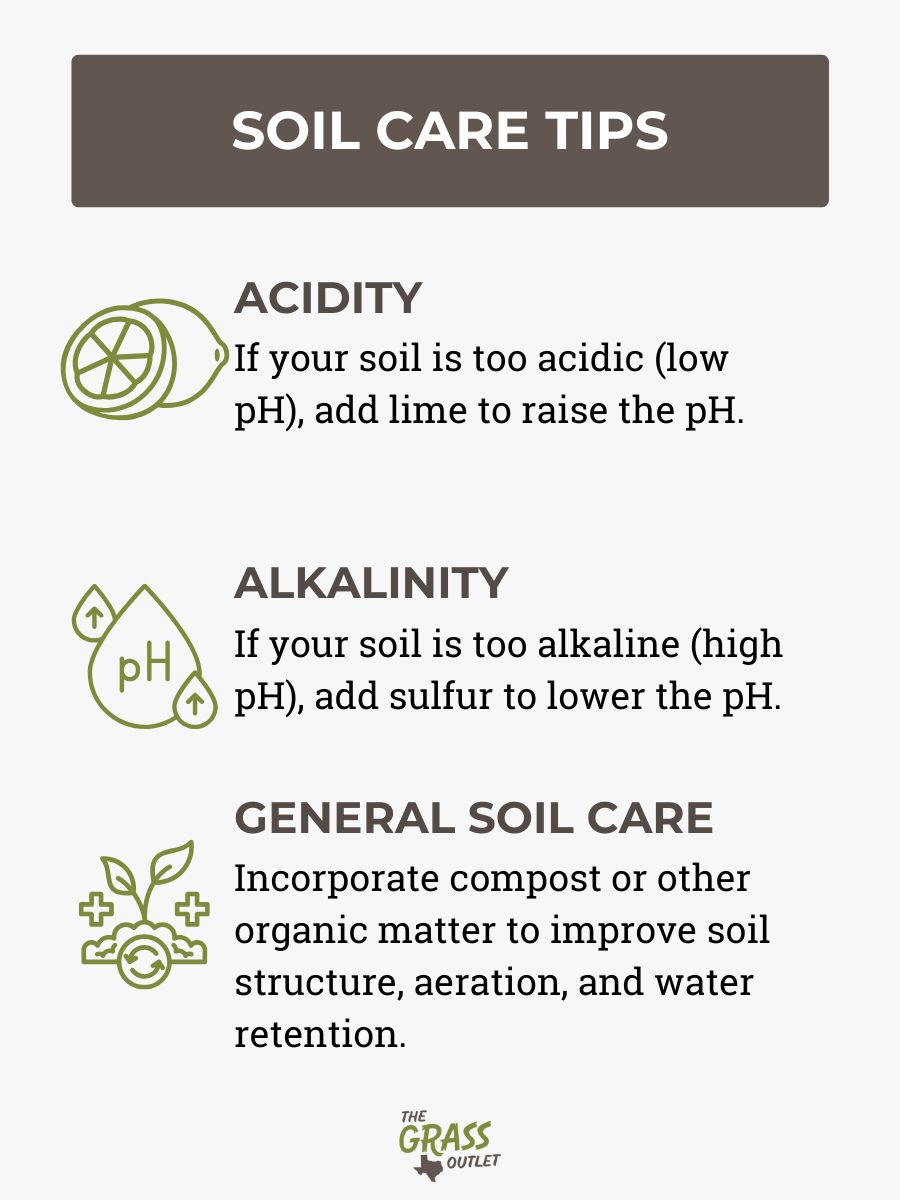
Benefits of Organic Fertilizers
Organic fertilizers offer several advantages over synthetic options:
- Slow-Release Nutrients: Organic fertilizers release nutrients slowly, providing a steady supply of nourishment to your lawn over time.
- Soil Health: Organic fertilizers improve soil structure and increase microbial activity, promoting a healthy soil ecosystem.
- Environmental Impact: Organic fertilizers are less likely to leach into waterways and cause pollution, making them an environmentally friendly choice.
Popular organic fertilizers include compost, manure, bone meal, blood meal, and fish emulsion. Apply organic fertilizers in the same manner as synthetic ones, following the recommended application schedules.
Aeration for Soil Health
Aeration is vital for maintaining healthy soil and promoting robust grass growth. Here’s why aeration is important and how to do it:
- Benefits of Aeration: Aeration involves creating small holes in the soil to alleviate compaction, improve air and water flow, and enhance nutrient uptake by the roots. This process helps the grass develop deeper roots, increasing its resilience to drought and stress.
- When to Aerate: The best time to aerate your lawn is during the growing season when the grass is actively growing. Warm-season grasses like St. Augustine, Bermuda, and Zoysia aerate in late spring or early summer.
- How to Aerate: Use a core aerator to remove small plugs of soil from the lawn. Water the lawn thoroughly the day before to make aeration easier. After aerating, leave the soil plugs on the lawn to decompose naturally, returning valuable nutrients to the soil.
Shade and Protection from Summer Stressors
Summer brings intense heat and prolonged periods of sunlight that can stress your lawn. Protecting your grass from these stressors is essential to maintaining its health and vibrancy. Implementing shade strategies, minimizing foot traffic, and addressing common lawn diseases are key practices to ensure your lawn stays resilient throughout the summer.
Shade Strategies for Grass Types Prone to Sun Damage

Different grass types have varying tolerance to sun and shade. Here’s how to manage shade for the specific grass varieties sold by The Grass Outlet.
St. Augustine can tolerate shaded areas; among warm-climate grasses, it is one of the most shade-tolerant varieties.
- Plant Trees and Shrubs: Use trees and shrubs to create natural shade, especially when the sun is most intense. However, avoid dense planting that blocks too much light, as St. Augustine still needs partial sunlight.
- Use Shade Cloths: In areas with extreme sun exposure, temporary shade cloths can provide relief during the hottest parts of the day.
Bermuda grass prefers full sun but can suffer from sun damage if not properly cared for:
- Selective Shading: Use pergolas or strategically placed umbrellas to provide intermittent shade in high-traffic areas.
- Watering and Mulching: Keep Bermuda grass well-watered and consider mulching around the base of plants to help retain soil moisture.
Zoysia grows well in shaded areas and is perfect for establishing and caring for lawns in shaded areas.
- Tree Pruning: Prune trees to allow filtered sunlight to reach the lawn while providing shade.
- Shade-Tolerant Varieties: Consider using shade-tolerant varieties of Zoysia if your lawn has significant tree cover.
Minimizing Foot Traffic During the Hottest Parts of the Day
Foot traffic can significantly stress your lawn, particularly during the hottest parts of the day when the grass is already under heat stress.
What do we suggest?
- Designate Walkways: Create designated pathways using stepping stones, gravel, or mulch to direct foot traffic away from sensitive grass areas.
- Timing Activities: Schedule outdoor activities for the early morning or late evening when temperatures are more relaxed and the grass is less stressed.
- Rest Periods: Allow your lawn to recover by giving it rest periods without foot traffic, especially after mowing or fertilizing.
Summer Heat and Humidity: Ideal Conditions for Lawn Diseases
Summer heat and humidity can create ideal conditions for various lawn diseases. Understanding the factors contributing to grass damage during these conditions can help you take preventive measures to protect your lawn.
But what can cause grass damage during summer?
Prolonged exposure to high temperatures can cause lawn heat stress, weakening natural defenses of the grass and making it more susceptible to diseases. High humidity levels keep the grass blades and soil surface moist, creating a perfect environment for fungal growth.
Nighttime dew can linger on grass blades, especially in humid conditions, providing a continuous moisture source that promotes disease development.
Overgrown or densely packed grass can hinder air circulation, preventing the grass from drying correctly and encouraging disease.
Excessive watering can lead to waterlogged soil, which suffocates the grassroots and creates conditions conducive to fungal diseases. Watering late evening can leave the grass wet overnight, promoting fungal growth.
The most common diseases are Brown patches, Dollar spots, or Gray leaf spots.
What are solutions to prevent diseases from keeping the grass green?
Water your lawn early in the morning to allow grass blades to dry out during the day, reducing the risk of fungal growth. Water deeply and less frequently to encourage profound root growth and minimize surface moisture.
Avoid over-fertilizing with nitrogen, as it can promote lush, dense growth that is more susceptible to disease. Use slow-release fertilizers to provide consistent nutrients without overwhelming the grass.
Choose grass varieties that are resistant to common diseases in your region.
Conclusion
Maintaining green grass during the summer requires careful planning and regularly executing crucial activities. Proper watering is essential, with the best times being early morning or late evening to reduce evaporation and allow the grass to absorb water effectively. Watering should be done consistently and deeply, with frequency adjusted based on the type of grass.
Consistent watering, especially tailored to local climate conditions like those in Texas, is crucial for keeping the grass healthy.
In addition to watering, proper mowing and fertilization play vital roles in maintaining a healthy lawn. Sharp mower blades ensure a clean cut, reducing stress on the grass. The frequency of mowing depends on the type of grass, and leaving the clippings on the lawn (mulching) helps recycle nutrients and retain moisture.
Contact The Grass Outlet for excellent advice on lawn care and specific grass varieties suitable for your region. Our expert team strives to always be at your service and provide you with the appropriate information.
